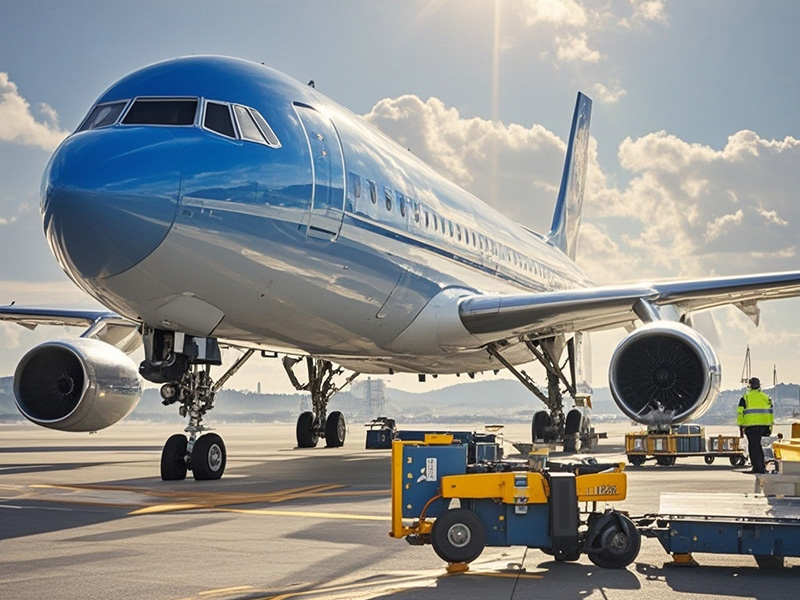In the wave of economic globalization, trade between China and Southeast Asian countries has become increasingly close, emerging as an important segment in the global economic landscape that cannot be ignored. Southeast Asia, a land full of vitality and potential, is connected to China by mountains and rivers, sharing cultural ties. Driven by the “Belt and Road” initiative, trade cooperation between the two sides has ushered in unprecedented development opportunities.

China boasts a strong manufacturing industry, continuously supplying a wide range of products, from 3C electronics to various light industrial goods, to the Southeast Asian market. Meanwhile, Southeast Asia’s rich natural resources and specialty agricultural products, such as Malaysia’s palm oil and Thailand’s tropical fruits, are also favored by Chinese consumers. According to relevant data, trade volume between China and Southeast Asia has been steadily rising in recent years, with trade structures continuously optimizing and upgrading. An increasing number of Chinese enterprises are turning their attention to Southeast Asia to explore new market territories; at the same time, high-quality products from Southeast Asia are rapidly entering China, meeting the increasingly diverse demands of domestic consumers.
However, behind the booming trade lies a logistics challenge that acts as a significant barrier, hindering further deepening of trade between the two sides. Traditional cross-border logistics models are cumbersome, requiring multiple customs clearances during the transportation process, which not only consumes a lot of time and effort but also presents numerous uncertainties. For instance, incomplete customs clearance documentation may lead to goods being held up at customs, delaying delivery times; the significant differences in customs policies and standards among different countries require enterprises to invest substantial human and material resources to understand and adapt. These issues not only increase trade costs but also reduce customer satisfaction, becoming a bottleneck in the development of international trade between China and Southeast Asia.
In this context, double clearance cross-border logistics has emerged, bringing new hope to international trade between China and Southeast Asia. Double clearance, which means “customs clearance + delivery,” simply refers to logistics companies being responsible for the entire customs clearance and delivery service of goods from the point of origin to the destination, truly achieving a “door-to-door” one-stop logistics solution.
Choosing double clearance cross-border logistics means that enterprises no longer need to worry about complicated customs procedures. Professional logistics teams are familiar with the customs policies and processes of various Southeast Asian countries, enabling them to prepare documents and declarations in advance to ensure smooth customs clearance for goods. Additionally, double clearance cross-border logistics integrates various aspects of transportation, warehousing, and distribution, achieving full tracking of logistics information, allowing enterprises to monitor the transportation status of their goods at any time. This efficient and convenient logistics service significantly shortens transportation times, reduces logistics costs, and enhances trade efficiency, injecting new vitality into trade cooperation between China and Southeast Asia.

 alt=""
alt="" 


 Logistics line quotation
Logistics line quotation Cross-border express order
Cross-border express order 24 hours online customer service
24 hours online customer service Huixiang Cross-border Logistics all rights reserved
Huixiang Cross-border Logistics all rights reserved 






